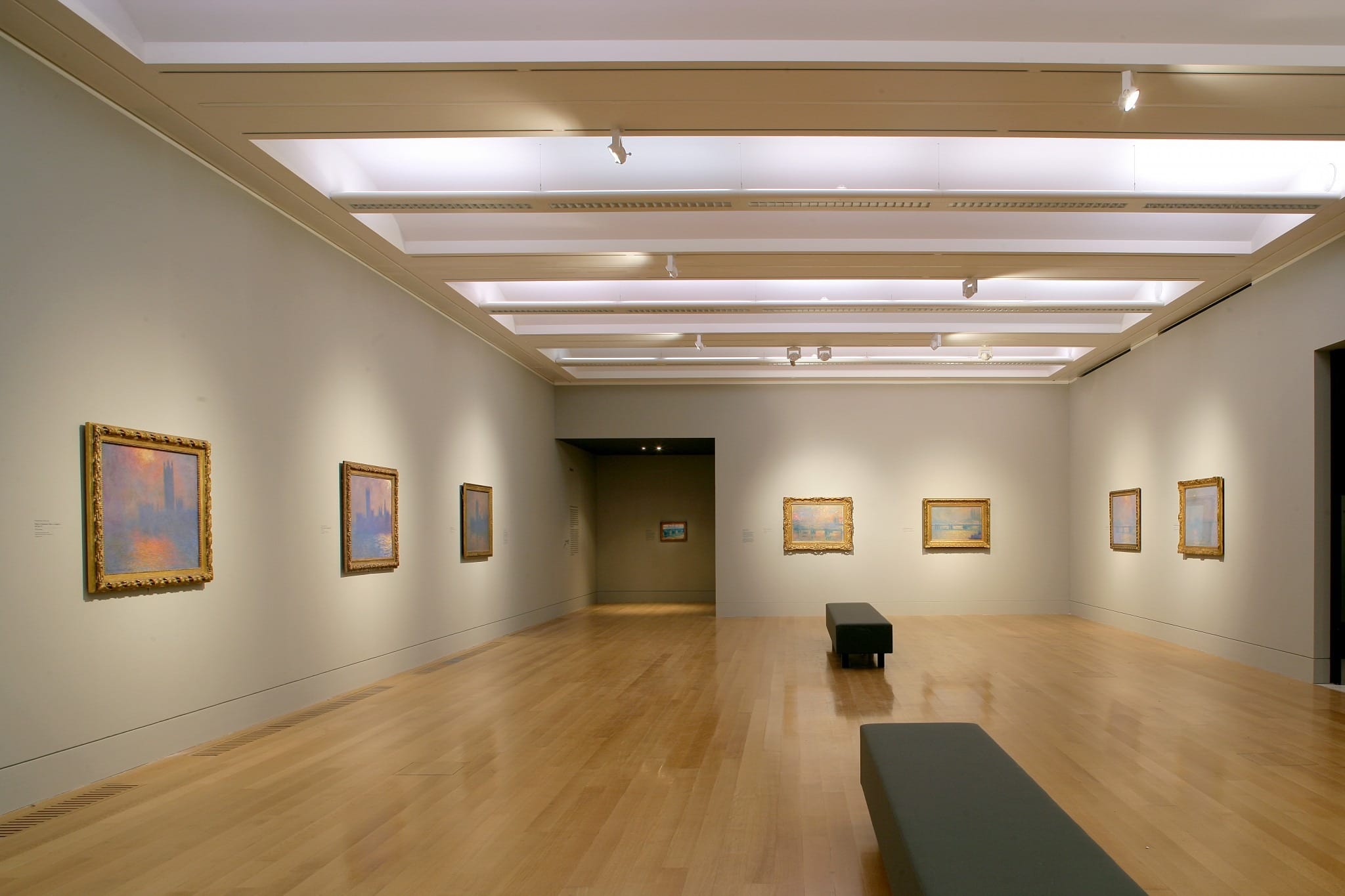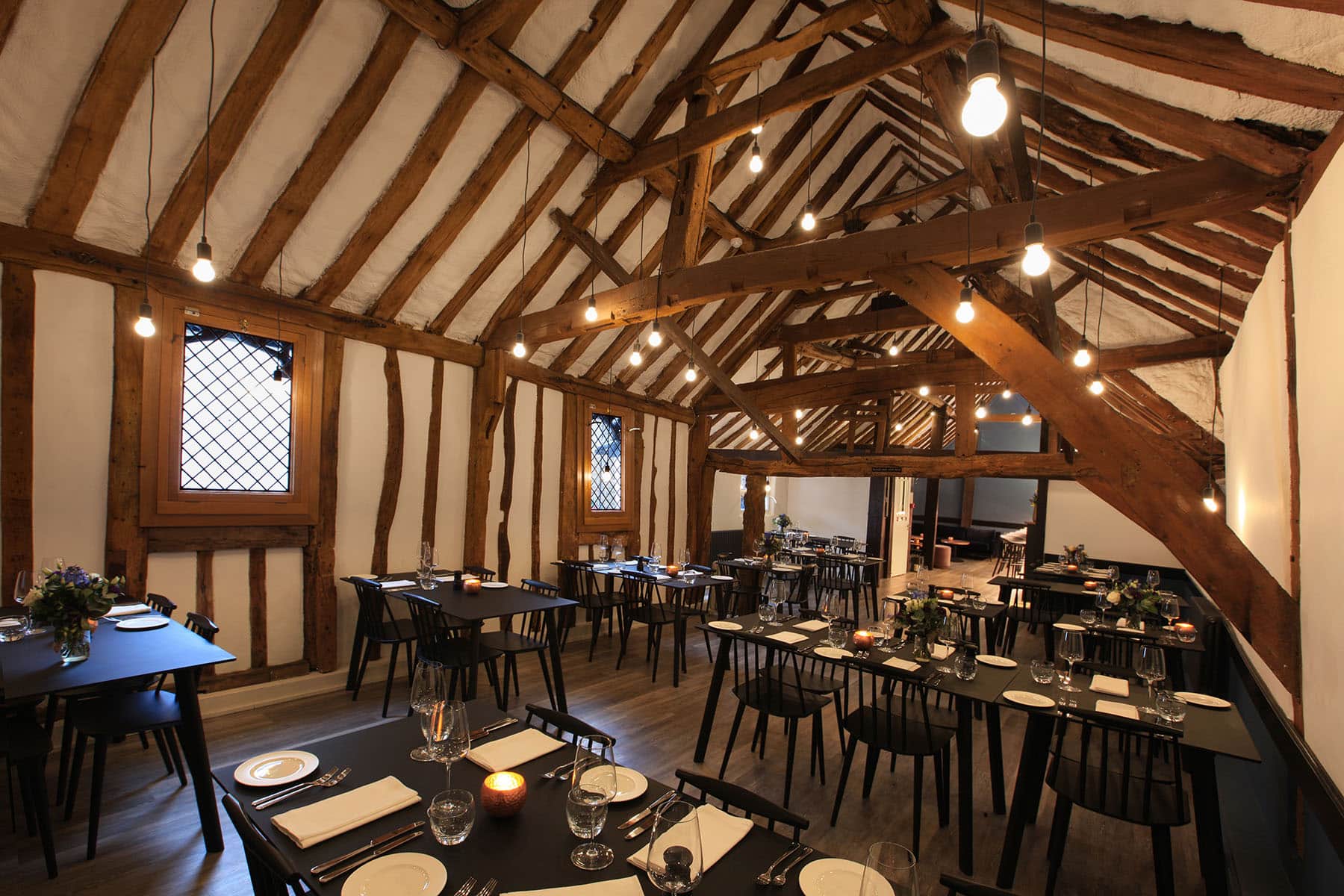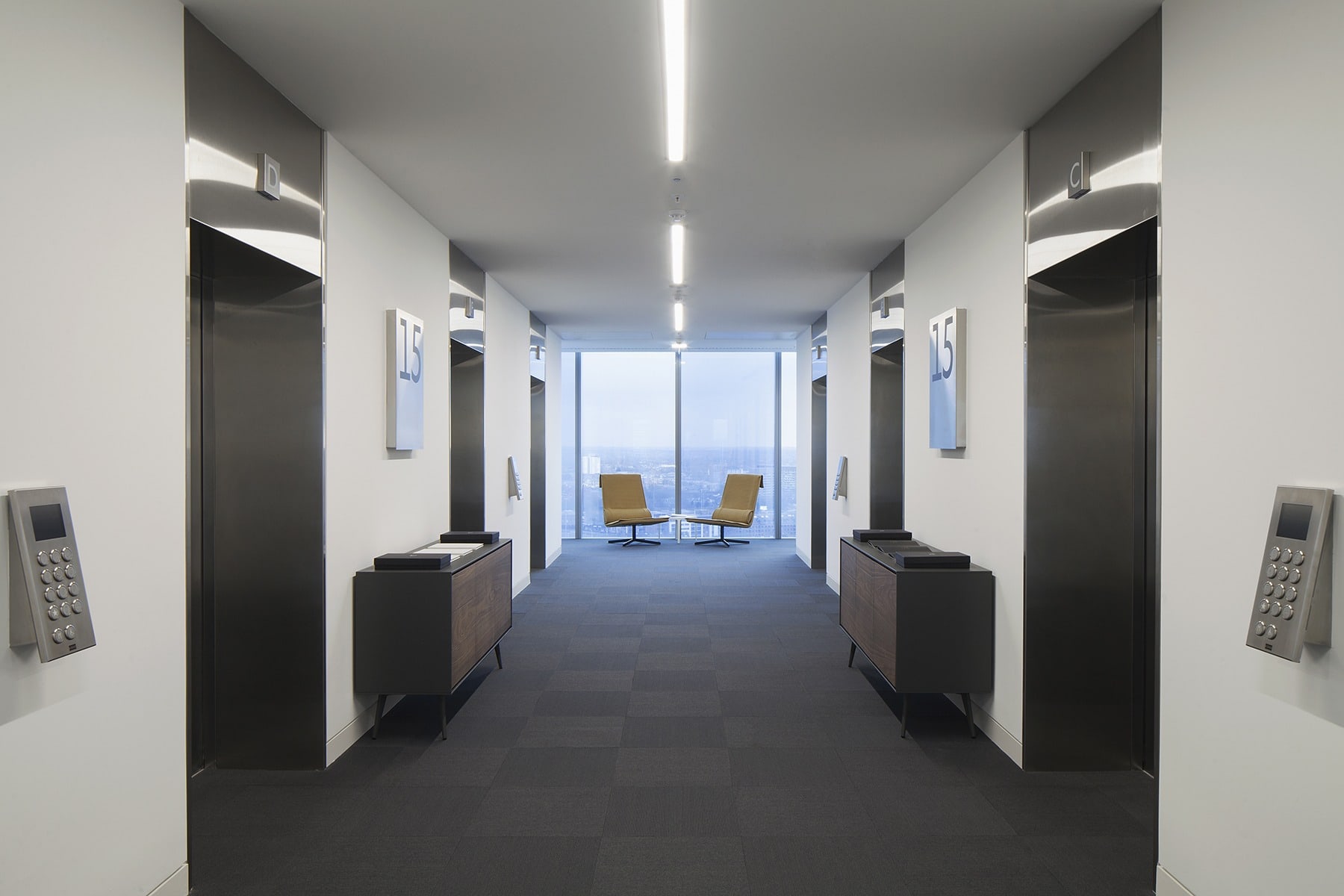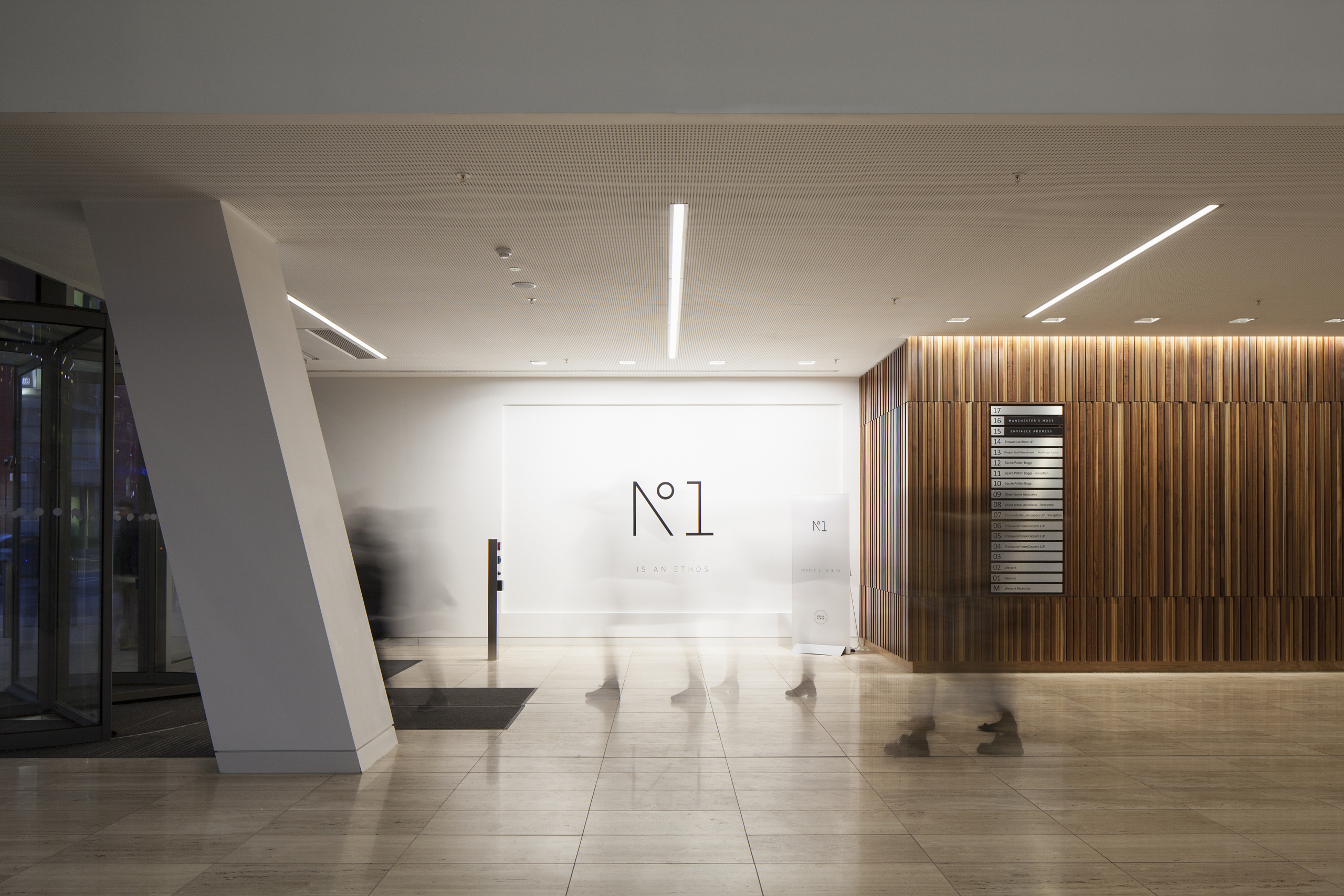Light is fundamental to the way we perceive indoor spaces. We may not always notice it consciously, but in addition to the furniture, the layout and the materials used in the room, lighting design is a key factor in determining its atmosphere and feel.
Interior lighting is as diverse as its spaces and the people living and working in them, and different interiors will have different lighting requirements. Factors affecting interior lighting design will include the layout of the space, the function of the room and, of course, the client’s tastes and preferences. Regarding interior lighting, designers will always consider practical issues such as the amount and direction of natural light falling into the space. Still, emotional factors and style are just as important.
Private spaces and public spaces
As with exterior lighting, public and private spaces have very different interior lighting requirements. Public spaces such as museums and art galleries, restaurants and retail outlets often require more light, as users will likely be unfamiliar with the space. Lighting regulations also govern them. In public spaces, even indoors, light can improve the perception of security and provide a safe passage.

Function and atmosphere
Lighting design follows function. Most interior spaces require specific lighting solutions, and lighting needs to be designed to support the activities in the space. For example, a work desk in an office will be lit differently from a dining room table and a bedside table.

However, interior lighting is not just about functional illumination; it’s also about creating the right mood and atmosphere. A successful lighting design scheme will create an atmosphere in an interior space which supports its identity and character. Consideration needs to be given to the materials of the space as well. What are their colours and textures? Different materials reflect light in various ways. A lighting designer’s job is to find this fine balance between shadow and light to create harmonious and interesting spaces.
Using lighting layers
The most effective interior lighting combines different lighting effects and layers. Just as interior designers use different textures and colours to create a particular mood or style, a mixture of different layers of light is the best way to create the right ambience. Layering light also makes it easy to transform a space over time, from day to evening lighting, for example, or from work to party mode.
When combining the light layers, natural light is an important part of the interior space. Its intensity depends on the space’s location, time of day, season, and window position.

Many different types of lighting can be layered to create a signature look and feel, including:
- Task lighting is highly practical. It provides higher illumination levels to specific areas, enabling people to perform a particular activity. Examples include lighting for the kitchen counter or a desk lamp.
- Ambient lighting. Ambient or general light brightens vertical and horizontal spaces in a soft, broad manner. It aims to provide background lighting for orientation and safety.
- Accent lighting highlights key features in a space, such as a fireplace or architectural ornament, and makes them stand out from the background. This creates visual stimulation and points of interest for the eye. The contrast ratio to the background light is at least 1:3. These highlights must be well-considered and used sparingly to avoid overlighting or visual clutter.
- Decorative lighting. A decorative light creates focal points throughout the space. It does not necessarily add to the room’s illumination levels but dramatically affects the atmosphere, perceived value, and interior style. This does not mean the other light layers can’t also have a decorative effect.
Controls
How will your interior lighting be controlled? This decision is as important as the lighting design itself. It all comes down to the right control strategy, whether it be clever circuiting or individually addressed fittings via DALI or Bluetooth. Scene sets with a combination of different lights and layers can create an ever-changing atmosphere.
Fittings
The style, colour, and size of a fitting are as important as the light colour, colour rendering, and beam angles. Every aspect of the luminaire needs to suit the room’s purpose. Using a lighting family with a consistent look throughout a building can harmonise spaces, even if the individual décor and decorative light elements in different rooms are unique.
Consider the following criteria when choosing the right luminaire:
- Light colour. Should it be warm or cool?
- Colour rendering. Does the light show the colour in the room realistically?
- Dimming. Can the light be dimmed, and how is this controlled?
- The beam angle and the appearance of the light beam. Are you looking for a spotlight effect or a floodlight?
- IP rating. Ingress Protection rating tells you how well the light fitting is protected from things like moisture and dust. It’s especially important for wet areas like bathrooms.
- Glare. Glare is important to avoid in any environment, from the workplace to the home. It can cause distraction, discomfort, and even headaches. Direct glare is emitted directly from the source, while reflected glare is reflected by shiny or bright surfaces.
- Lifetime. How long can the luminaire be expected to last?
- Style. Think about the size and colour of the fitting, and how it will be affixed. Is it recessed or semi-recessed?
- Energy efficiency is important for environmental reasons and will also impact your lighting bills.
- Maintenance. How will it be installed? Is it difficult to clean? Can lamps be replaced easily?
- Cost and operating cost. It’s essential to consider the initial outlay for the fitting and how much it will cost to operate and maintain over the years.
LAPD’s interior lighting design work spans retail, residential, hospitality, and commercial sectors. View our latest projects and contact us for assistance with your next interior lighting project.
